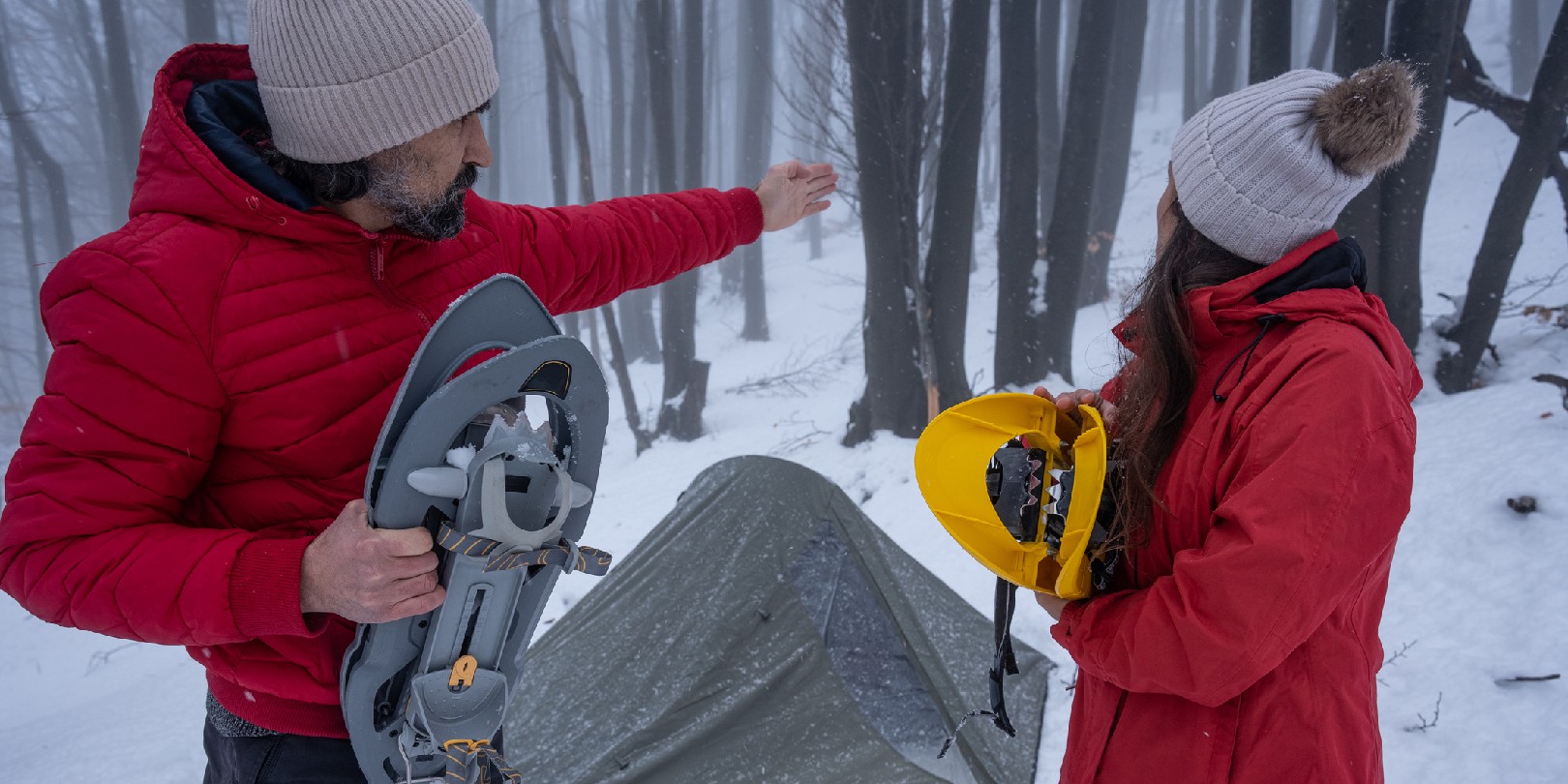How To Winterize a Camper in 5 Easy Steps

Going camping is a great way to escape the hustle and bustle of everyday life and relax in the great outdoors. But if you’re a regular camper, you know it’s essential to do a bit of maintenance before the cold winter months start. Winterizing your camper is essential to ensure it’s in top shape the next time you hit the road.
In this post, we’ll discuss the most critical steps you should take to winterize your camper quickly and efficiently. We’ll give you a step-by-step guide for what to do, from checking for leaks to draining the fresh water tank. You’ll also find some tips on how to winterize more efficiently, so you can get back to the outdoors sooner.
Gather Necessary Supplies
Before you begin winterizing your camper, make sure you have all of the necessary supplies on hand. This includes cleaning products, insulation, sealants, and any other maintenance or repair supplies that may be required. Many outdoor category stores will also have specialized winterizing kits with all your supplies. Make sure to do some research ahead of time about which products are best suited for your camper to guarantee the most successful outcome.
Step 1: Inspect the Camper
Once all of your supplies are gathered, it’s time to inspect the camper for any pre-existing signs of damage or potential problems. Look for areas that may be prone to wear or deterioration due to cold temperatures, such as windows or doors that may not be properly sealed, and take note of any maintenance that needs to be done. Calling a certified technician if any repairs need professional attention may be a good idea.
Step 2: Clean the Camper
Before beginning any kind of winterization process, you should thoroughly clean your camper’s interior and exterior. This includes washing and scrubbing the outside, vacuuming the interior, and cleaning fixtures such as sinks, showers, toilets, and countertops. This makes sure that any dust or debris that may have built up over time is removed before insulation is applied.
Step 3: Add Insulation
Adding insulation is an important step when winterizing your camper, as it helps retain heat during cold weather. Start by applying foam sealant around windows and doors to keep them airtight and reduce any drafts coming in from outside. Next, consider adding thick blankets or insulated curtains over windows or around vents for additional warmth. Adding extra insulation will help keep warm air inside, preventing cold air from entering through cracks or small openings.
Step 4: Winterize the Plumbing
If you expect temperatures to go below freezing during the winter months, it’s important to winterize your camper’s plumbing system as well. This includes draining out all water lines and tanks so they don’t freeze and burst due to expansion caused by ice buildup inside them. It’s also a good idea to use RV antifreeze in drains and traps if possible, so any leftover water doesn’t turn into ice during cold weather conditions.
Step 5: Stockpile Supplies
Finally, ensure you have enough supplies for whatever comes your way during the winter season. This includes things like firewood, food items that don’t require refrigeration, emergency equipment like flashlights and batteries, a first aid kit, and more, depending on your needs. That way, if you end up stuck inside due to inclement weather, you won’t have to worry about running out of essentials while waiting it out.
Conclusion
Following these easy steps will help protect your camper from damage caused by freezing temperatures and ensure it stays safe and cosy during the winter months ahead! Taking proper precautions now will help save you from having to do major repairs once the warmer weather comes around again. So, get started today and happy winter camping!